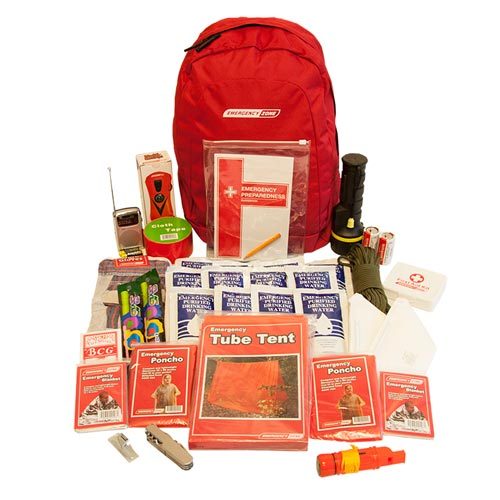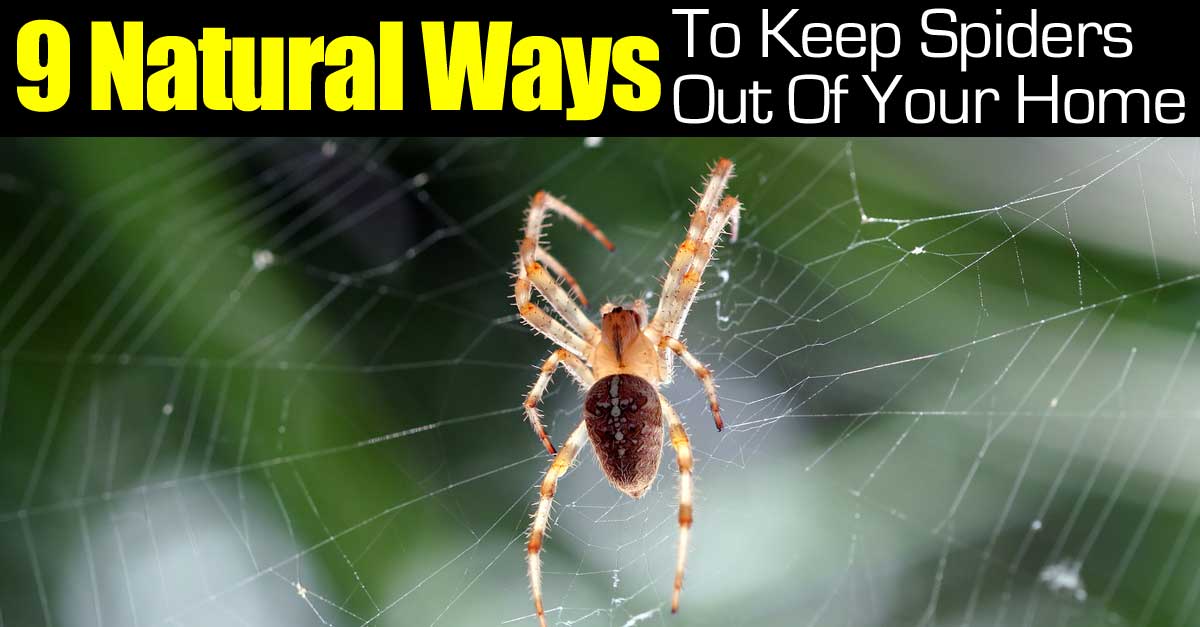
Mixtures of pesticides have definitely been shown to be very important, bee hives could be exposed to 20+ pesticides in them if they're in heavy agricultural landscapes. The paper notes both synergistic and antagonistic effects depending on the concentration the larvae receives and increased effects from mixtures have been noted elsewhere. I think the amount of pesticide the larvae receives in a realistic setting is key here, the larvae in the paper were being fed pesticides at ten times the level that was reported, I believe this is because they assume pesticide will move from the wax into the contents of the cell. This is probably because we are talking about pesticides applied directly into the hive and it is assumed that the pesticides will be present in higher concentrations in the paper. These are used to control a parasitic mite Varroa destructor which is incredibly destructive to bee hives, it kills bees and acts as a vector for multiple diseases, so efforts were made to get rid of it from hives and it was only recently that we have discovered negative effects. The word is still out on how risky pesticides are to bees in the scheme of things, in Europe, much stricter risk assessment may be coming in to effect soon, so companies will have to look into sub-lethal effects and effects on other bees amongst other things before having their products approved.
Four pesticides commonly used on crops to kill insects and fungi also kill honeybee larvae within their hives, according to Penn State and University of Florida researchers. The team also found that N-methyl-2-pyrrolidone (NMP) — an inert, or inactive, chemical commonly used as a pesticide additive — is highly toxic to honeybee larvae.
“We found that four of the pesticides most commonly found in beehives kill bee larvae,” said Jim Frazier, professor of entomology, Penn State. “We also found that the negative effects of these pesticides are sometimes greater when the pesticides occur in combinations within the hive. Since pesticide safety is judged almost entirely on adult honeybee sensitivity to individual pesticides and also does not consider mixtures of pesticides, the risk assessment process that the Environmental Protection Agency uses should be changed.”
According to Frazier, the team's previous research demonstrated that forager bees bring back to the hive an average of …
The team also discovered that N-methyl-2-pyrrolidone (NMP) – an inactive chemical often used as a pesticide additive – is highly toxic to honeybee larvae and its presence corresponded to increased larval mortality, even at the lowest concentration tested. “We found that four of the pesticides most commonly found in beehives kill bee larvae,” Frazier said. “We also found that the negative effects of these pesticides are sometimes greater when the pesticides occur in combinations within the hive. Since pesticide safety is judged almost entirely on adult honeybee sensitivity to individual pesticides and also does not consider mixtures of pesticides, the risk assessment process that the Environmental Protection Agency uses should be changed.” An average of six insecticides is present on pollen bees bring back to their hive, the researchers found. The pollen is used to feed bee larvae.
Please Read this Article at NaturalBlaze.com





Leave a Reply